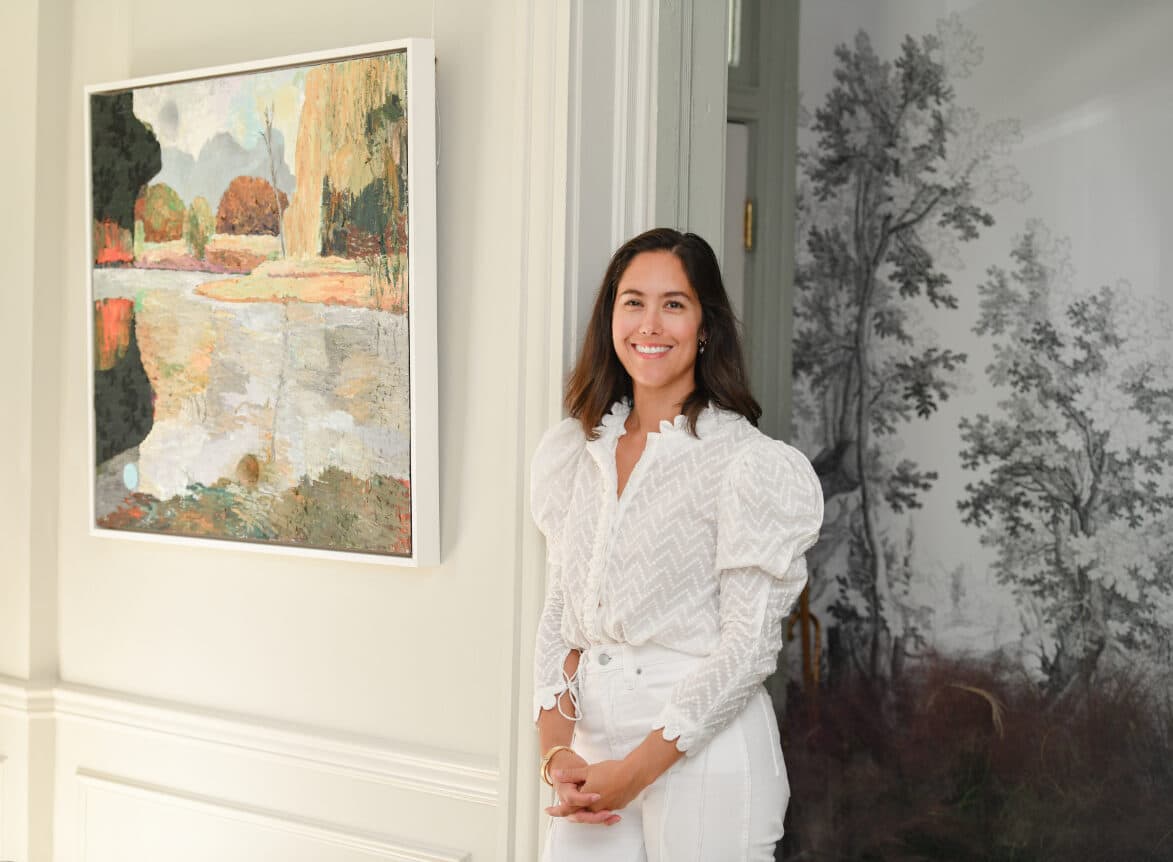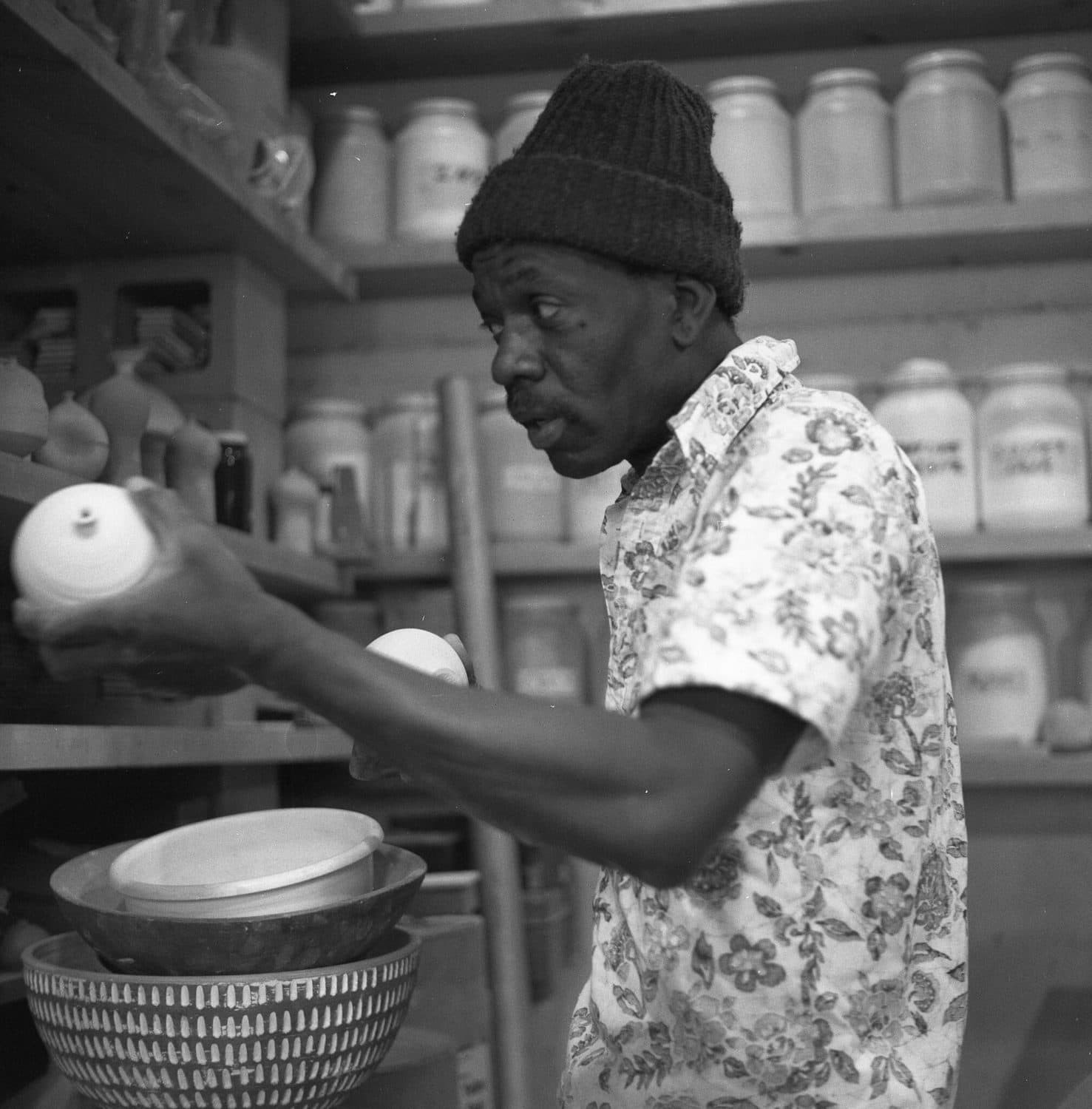
There are no laudatory magazine profiles or lengthy biographies or gallery show catalogs. There is only the work. And Doyle Lane’s work speaks volumes. It’s so magnetic that it drew questions from fans of mid-century design who rabidly snapped up his work in the early aughts: who was this unknown genius, this master of glazes?
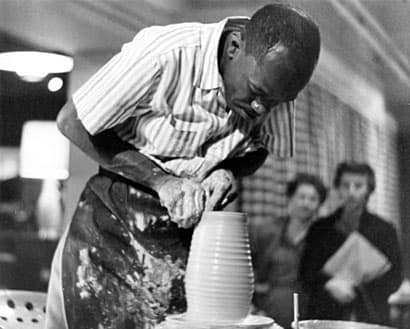
Finding answers was difficult, and only the briefest biographical sketch can be assembled: Lane was born in New Orleans in 1925, studied at Los Angeles City College, East Los Angeles College, and the University of Southern California, and then made a home and studio in the El Sereno neighborhood of East L.A., where he managed to support himself with his craft until he died in 2002, in relative obscurity.
Upon his death, he left his archives to the California African American Museum. And therein is an answer of sorts: Doyle Lane was a Black artist trying to make it in the 1950s. While he had some early gallery shows at small venues, many doors remained closed to him. He survived by selling his work for as little as $3 through two L.A. galleries founded during the Civil Rights and Black Arts movements: Ankrum Gallery and Brockman Gallery. He also worked to forge relationships with notable architects, whose commissions kept him afloat, encouraged him, and resulted in some of his most powerful pieces.
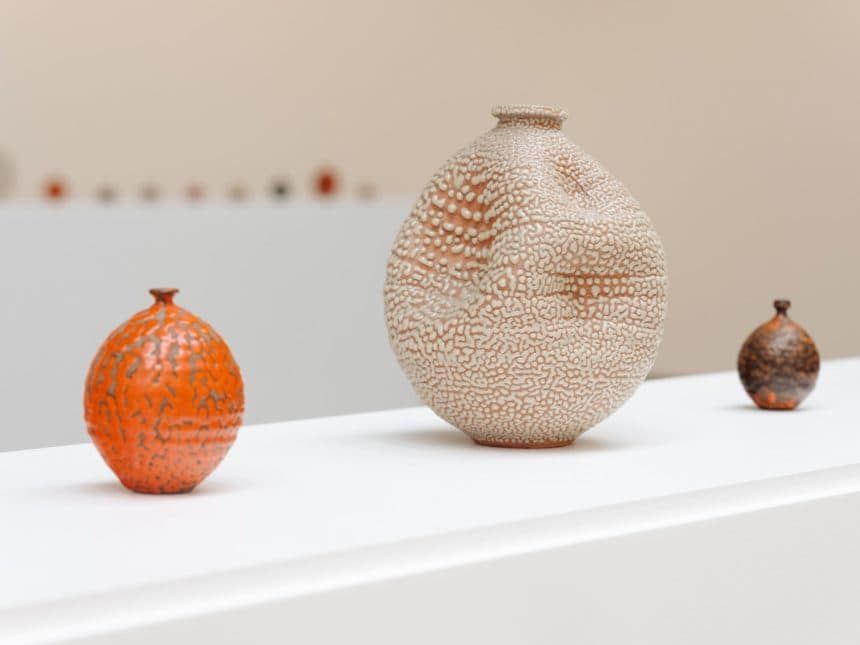
Anyone who has seen Lane’s work in person understands why so much of it survived even though his name was never in lights. His glazes were astounding, and combined with minimalist forms to surprising effect. And he worked in a startling range of scales, from tiny pots to enormous 17-foot-wide murals—a size not often attempted in the ceramic medium, and a testament to his willingness to push the bounds of the possible.
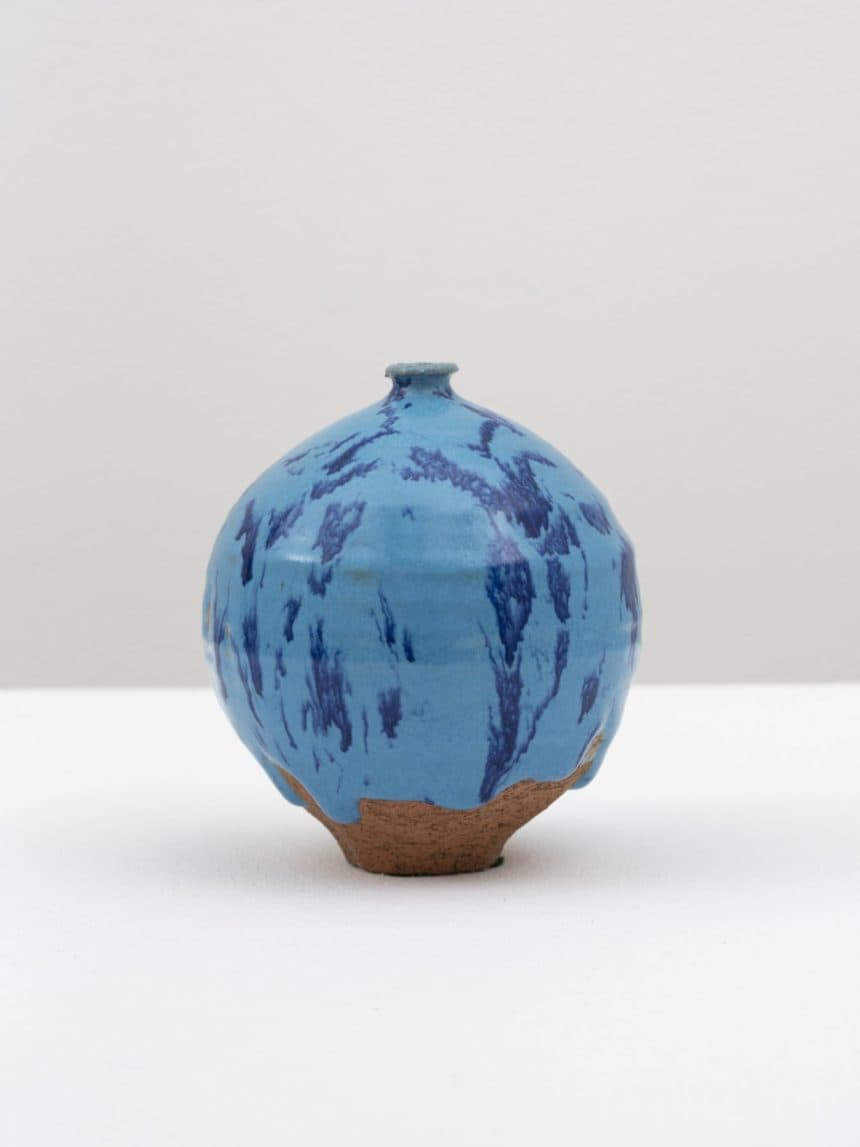
His so-called “weed pots,” with openings just big enough for a single dandelion or wayward stem, were small but commanding, magical little gems that felt like miniature universes unto themselves. Their otherworldly glazes bubbled, cracked and crawled across modern shapes with wild abandon yet—technically speaking—were exquisitely controlled.

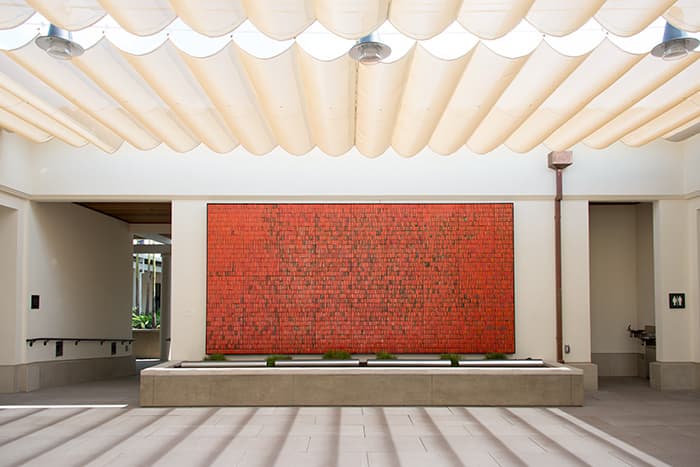
And the colors! The colors were a testament to Lane’s mastery of his craft, and his pursuit of them led to experiments with larger pieces he called clay paintings, which worked abstract fields of color across clay slabs and tiles. His reds—notoriously hard to control in the kiln—stand out in particular. For one of his most complex pieces, he hand-formed 4,876 tiles into irregular sizes, firing them until they sizzled and singed in exciting ways. The resulting mural vibrates with a vast alchemical energy that rivals any Rothko. Renowned architect Welton Becket commissioned the piece in 1964 for a lowly savings and loan in Pasadena, but it now claims pride of place outside the new visitor entrance at The Huntington Art Museum, Library, and Botanical Gardens in San Marino, California. It’s a fitting eulogy, finally, for one of America’s great unsung artists.


















